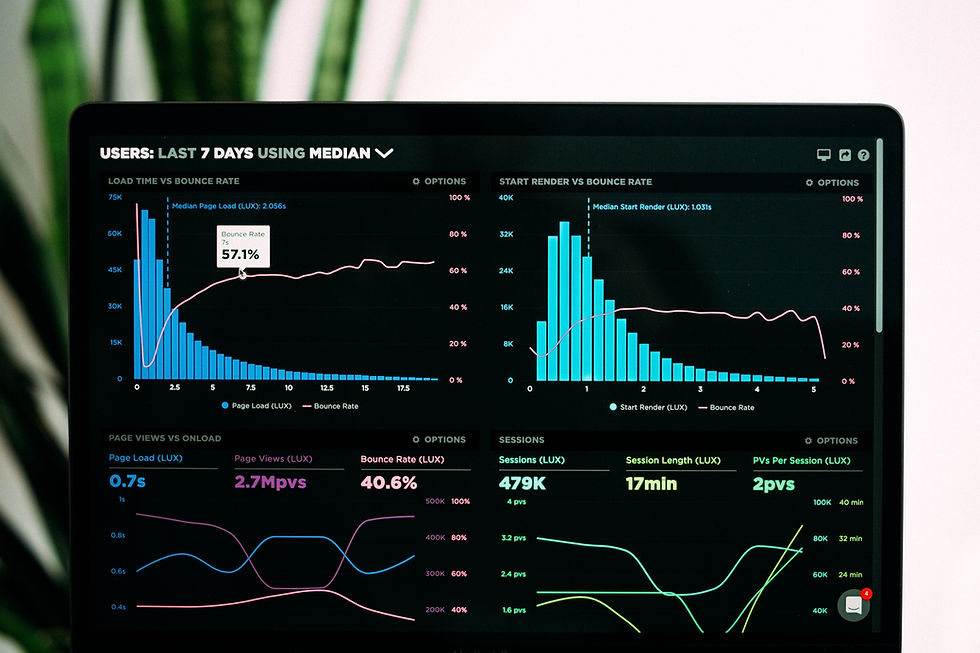Harnessing Gratitude to Supercharge Agile Team Performance
- Keven

- Mar 16, 2023
- 3 min read

In the fast-paced world of Agile, teams are continuously iterating, innovating, and adapting. With so much focus on efficiency and delivery, it’s easy to overlook the “softer” elements that truly enable a team to thrive. Gratitude, an often-underestimated practice, has profound implications for the psychological safety, collaboration, and performance of Agile teams.
Let’s explore why cultivating gratitude is not just a nice-to-have but a powerful enabler of high-performing Agile teams, backed by research and evidence-based practices.
The Science of Gratitude in Team Dynamics
Gratitude is more than a fleeting emotion; it’s a practice with tangible psychological and interpersonal benefits. Research in positive psychology shows that gratitude can boost well-being, foster social connections, and increase resilience. A study by Emmons and McCullough (2003) revealed that individuals who consistently practiced gratitude reported higher levels of optimism and satisfaction—qualities that are directly relevant to team environments.
For Agile teams, these benefits translate into improved interpersonal relationships, greater motivation, and an enhanced capacity to navigate challenges. When team members express appreciation for one another, it fosters trust and cohesion, essential components of high-performing teams as identified in studies like Google’s Project Aristotle.
Gratitude and Psychological Safety
Psychological safety is a cornerstone of Agile team performance. Amy Edmondson’s groundbreaking research highlights that teams with high psychological safety are more likely to take risks, admit mistakes, and innovate effectively. Gratitude contributes directly to this environment by validating contributions, reducing interpersonal friction, and encouraging a sense of belonging.
Imagine an Agile retrospective where team members take a moment to express appreciation for each other’s efforts. A simple “thank you” for stepping up during a sprint or acknowledging someone’s help in resolving a blocker can reinforce positive behaviours and show that efforts are valued. Over time, these small gestures build a culture of recognition and mutual respect.
Gratitude Practices for Agile Teams
Implementing gratitude practices doesn’t require a major overhaul of Agile frameworks. Instead, small, consistent practices can make a significant difference:
Gratitude Retrospectives
Incorporate a gratitude round during retrospectives. Ask team members to share one thing they appreciate about a colleague’s contribution during the sprint. This not only ends the meeting on a positive note but also reinforces collaborative behaviours.
Gratitude Walls
Create a physical or virtual space where team members can post notes of appreciation. Tools like Miro or Jira can include sections for gratitude, enabling asynchronous expressions of thanks that everyone can see.
Daily Stand-up Shoutouts
Dedicate a minute or two in daily stand-ups for shoutouts. For instance, someone might say, “I’d like to thank John for helping debug that tricky issue yesterday.” This simple practice fosters positivity and sets a collaborative tone for the day.
Leader-Led Gratitude
Agile coaches can model gratitude in their interactions. Acknowledge the team’s hard work and celebrate milestones, no matter how small. Your actions will set the tone and encourage others to follow suit.
Measuring the Impact of Gratitude
Agile teams thrive on metrics, so it’s natural to ask: how can we measure the impact of gratitude practices? While gratitude itself might not lend to direct quantification, its effects can be observed in related metrics such as:
Team Morale: Surveys like Team Health Checks can reveal increased satisfaction and reduced burnout.
Velocity and Productivity: Teams with stronger interpersonal connections often show higher productivity as collaboration improves.
Retention and Engagement: Gratitude fosters loyalty and engagement, reducing turnover and its associated costs.
Overcoming Resistance to Gratitude Practices
Some team members may initially view gratitude practices as superficial or unnecessary. To address this, frame gratitude as a tool for improving team dynamics and effectiveness rather than as an emotional exercise. Share evidence-based insights to build buy-in and emphasize that these practices are meant to support the team’s shared goals.
Conclusion
In the ever-evolving world of Agile, fostering a high-performing team is about more than just technical skills and processes. Gratitude is a simple yet transformative practice that strengthens psychological safety, enhances collaboration, and drives sustainable performance. By integrating gratitude into your Agile practices, you’re not only building a better team but also creating a culture where individuals feel valued, connected, and inspired to do their best work.
Take the first step today: ask your team what they’re grateful for, and watch as the ripple effects unfold.




